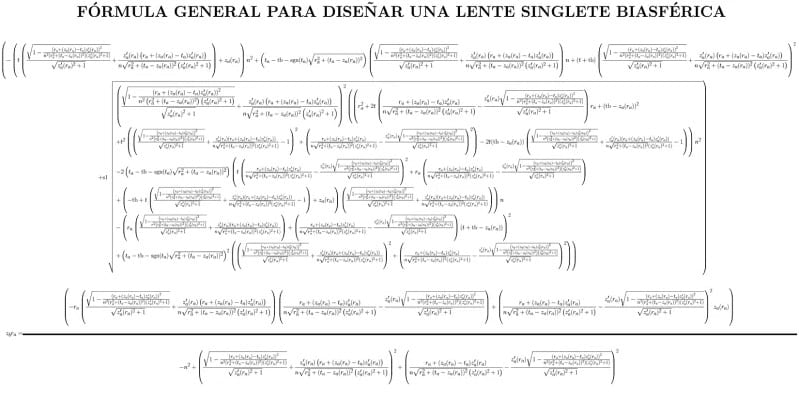Sure, it seems terrifying – a giant blade dropping toward the back of your exposed neck – but it turns out that the people on revolutionary France were actually being relatively humane (at least when it came to how they executed their many victims).
In the intervening centuries, the U.S. (the only developed nation to still use the death penalty) has tried out all sorts of ways to legally murder its citizens, almost all of which have been found to be, well, bad.
If not excruciating.
So, if quick and painless is what we’re going for when it comes to executions, perhaps the guillotine should make a re-entrance. Find a new day in the sun, as it were.
Death by guillotine (as long as the blade is sharp) would be completely painless – the blade almost immediately severs the nerves from your spinal cord to your brain, paralyzing you and blocking pain receptors from sending signals to your brain.
It would be so fast, in fact, that experts don’t think you would feel the blade at all; your death would be nearly instantaneous.
There might be spasms or jerks that happen – involuntary eye or muscle movements – which are common up to five minutes after death as the brain suffocates from lack of oxygen. But the deceased person is, you know…deceased. So they can’t feel anything at all.
Even studies that acknowledge brain activity can continue after death agree that the subject is really not alive in any practical way, which means they do not have any kind of feelings, including pain.
While the guillotine was much more humane than being shot by a firing squad, hanged, or burned at the stake, the idea of being murdered in much the same way as a chicken was surely something people were trying to avoid by the time it went out of fashion.
Though if I ever found myself on the wrong side of the law (or the mob), this does sound like the best possible way to go.
The post Is Being Killed by a Guillotine Painless? Learn the History, and Everything We Know About It. appeared first on UberFacts.


 – Via @pirate_forge #knife #blade #guillotine #knifeordeath #forgedinfire #edc #knifestagram #bladecommunity #knifeporn #sword #chopper #backwoods #pirate #swampninja #handmade #american #style #camping #prepper #outdoors #sportsman #badass #rustic
– Via @pirate_forge #knife #blade #guillotine #knifeordeath #forgedinfire #edc #knifestagram #bladecommunity #knifeporn #sword #chopper #backwoods #pirate #swampninja #handmade #american #style #camping #prepper #outdoors #sportsman #badass #rustic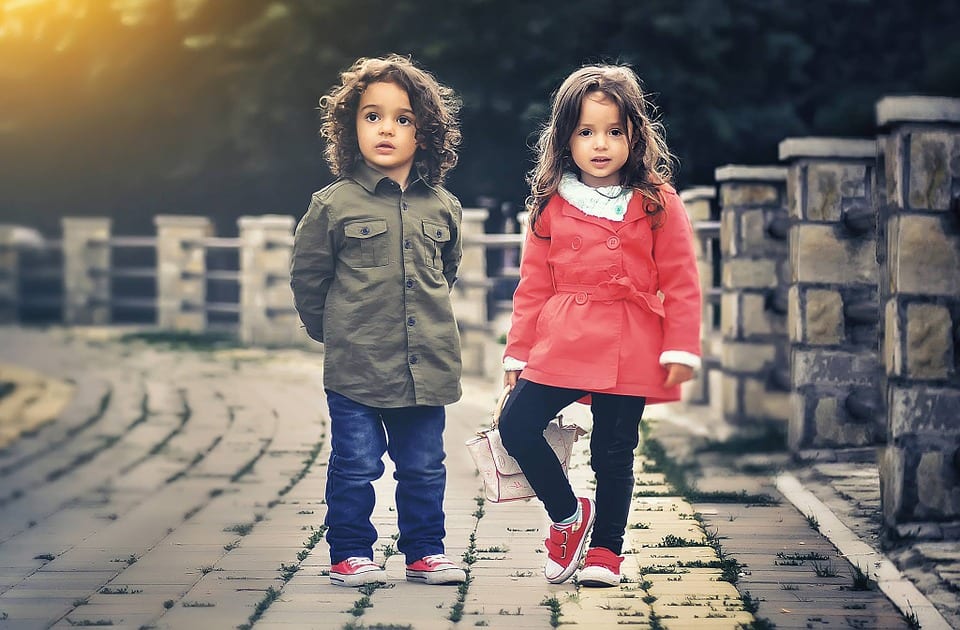


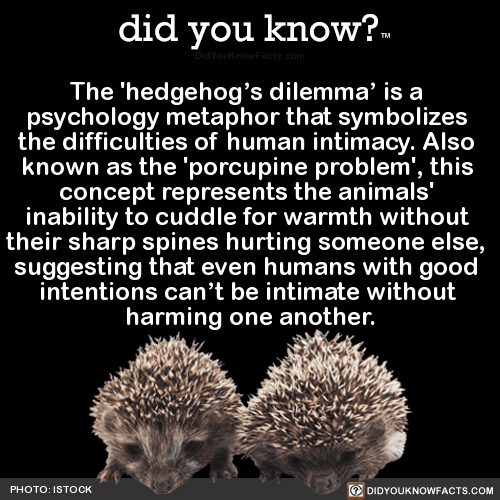
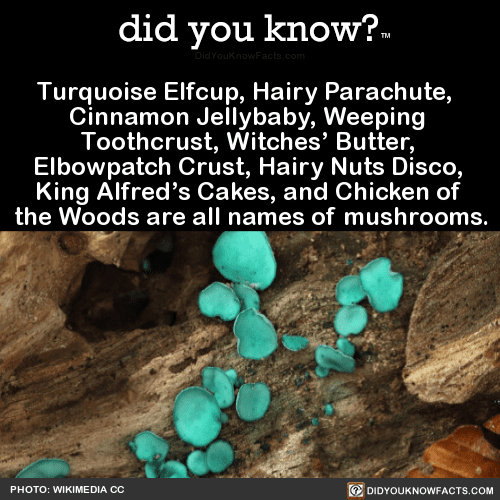

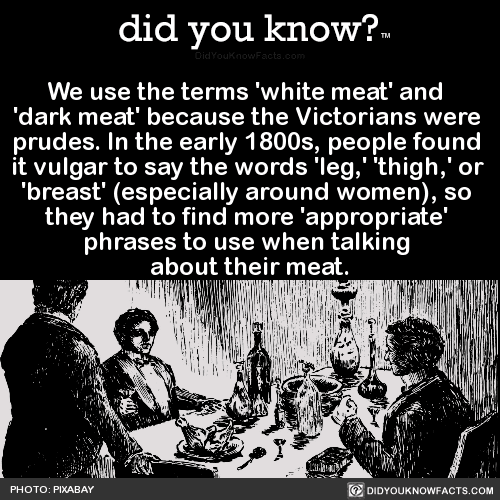
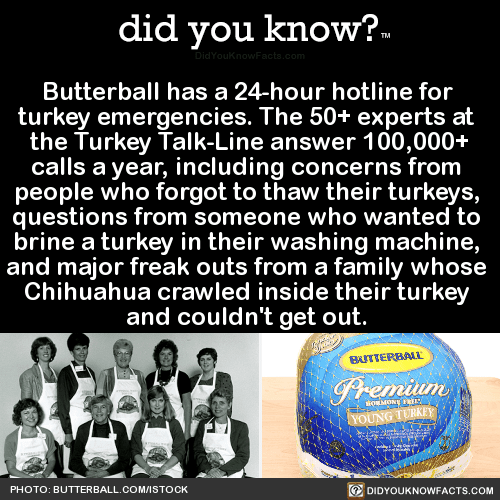



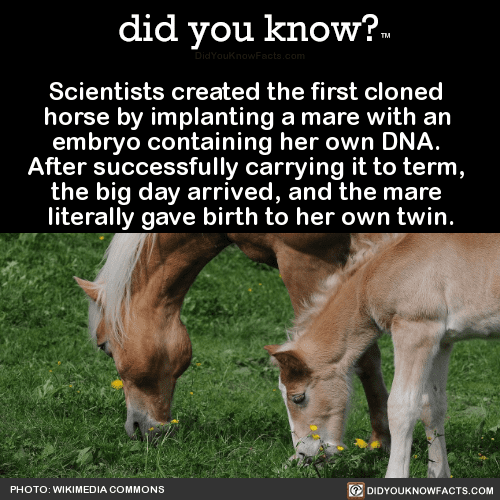
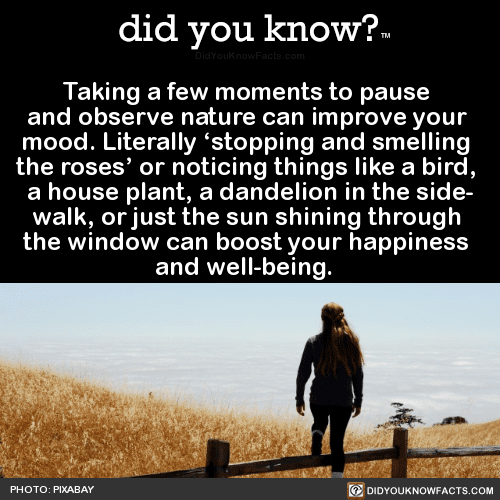
 : @clean_the_world_asia
: @clean_the_world_asia At least it’s not raining! Stay cool out there & have a happy Sunday!
At least it’s not raining! Stay cool out there & have a happy Sunday!

 . . . #floridaweather #floridamemes #hurricaneseason2019 #floridasummer #dyingfromhumidity #heatindex #feelslike #orlandoigers #jaxigers #sundayvibes #poolorbeach #showusyourcupcakes #sweetbyhollyjax #sweetbyholly
. . . #floridaweather #floridamemes #hurricaneseason2019 #floridasummer #dyingfromhumidity #heatindex #feelslike #orlandoigers #jaxigers #sundayvibes #poolorbeach #showusyourcupcakes #sweetbyhollyjax #sweetbyholly #summer #heatwave #heatindex
#summer #heatwave #heatindex





 MBTI High School Stereotypes
MBTI High School Stereotypes
 Also, somebody asked about doing a face reveal. Maybe at 1000 followers? . . . . #mbti #meme #mbtimemes #myersbriggs #16personalities #entp #estp #enfp #esfp #entj #estj #esfj #enfj #intp #istp #infp #isfp #intj #istj #isfj #infj
Also, somebody asked about doing a face reveal. Maybe at 1000 followers? . . . . #mbti #meme #mbtimemes #myersbriggs #16personalities #entp #estp #enfp #esfp #entj #estj #esfj #enfj #intp #istp #infp #isfp #intj #istj #isfj #infj Do you have access to clean drinking water whenever you want? ⠀ ⠀
Do you have access to clean drinking water whenever you want? ⠀ ⠀  Last UNICEF report says: 1 in 3 people globally do not have access to safe drinking water: ⠀
Last UNICEF report says: 1 in 3 people globally do not have access to safe drinking water: ⠀  2.2 billion people around the world do not have safely managed drinking water services ⠀
2.2 billion people around the world do not have safely managed drinking water services ⠀  Next time you think your life sucks remember the above and say thank you for what you have! ⠀ Much love
Next time you think your life sucks remember the above and say thank you for what you have! ⠀ Much love  • • • • • #unicef #un #motivation #appreciate #saythankyou #cleanwater #water #drinkingwater #report #savetheearth #bestlifescenario #travelbloggervibes #africa #children #kids #beirut #baalbek #byblos #lebanon
• • • • • #unicef #un #motivation #appreciate #saythankyou #cleanwater #water #drinkingwater #report #savetheearth #bestlifescenario #travelbloggervibes #africa #children #kids #beirut #baalbek #byblos #lebanon …. It's very helpful for our health…. Try this in your home… It's so easy to make….
…. It's very helpful for our health…. Try this in your home… It's so easy to make….



 x10. #deca #triathlon #swimming #running #cycling #endurance #ultra #longdistanceswimming
x10. #deca #triathlon #swimming #running #cycling #endurance #ultra #longdistanceswimming . > Plain Greek Yogurt > Honey Oat Granola > Strawberries & Banana > Almond Butter Topped With Chia Seeds, Cinnamon & Honey
. > Plain Greek Yogurt > Honey Oat Granola > Strawberries & Banana > Almond Butter Topped With Chia Seeds, Cinnamon & Honey  . . . . #healthybreakfast #morningdrink #morningdrinks #healthyrecipes #healthy #cleaneats #simplerecipes #foodblogger #foodblog #tuesday #food #foodporn #foodie #caffeine #vsg #vsgcommunity #gastricsleeve #yogurtbowl #yogurt #healthyfood #snacks #healthysnacks #lunch #lunchideas #tuesdaymotivation #chiaseeds #fruit #yogurtparfait #breakfast #breakfastideas
. . . . #healthybreakfast #morningdrink #morningdrinks #healthyrecipes #healthy #cleaneats #simplerecipes #foodblogger #foodblog #tuesday #food #foodporn #foodie #caffeine #vsg #vsgcommunity #gastricsleeve #yogurtbowl #yogurt #healthyfood #snacks #healthysnacks #lunch #lunchideas #tuesdaymotivation #chiaseeds #fruit #yogurtparfait #breakfast #breakfastideas
